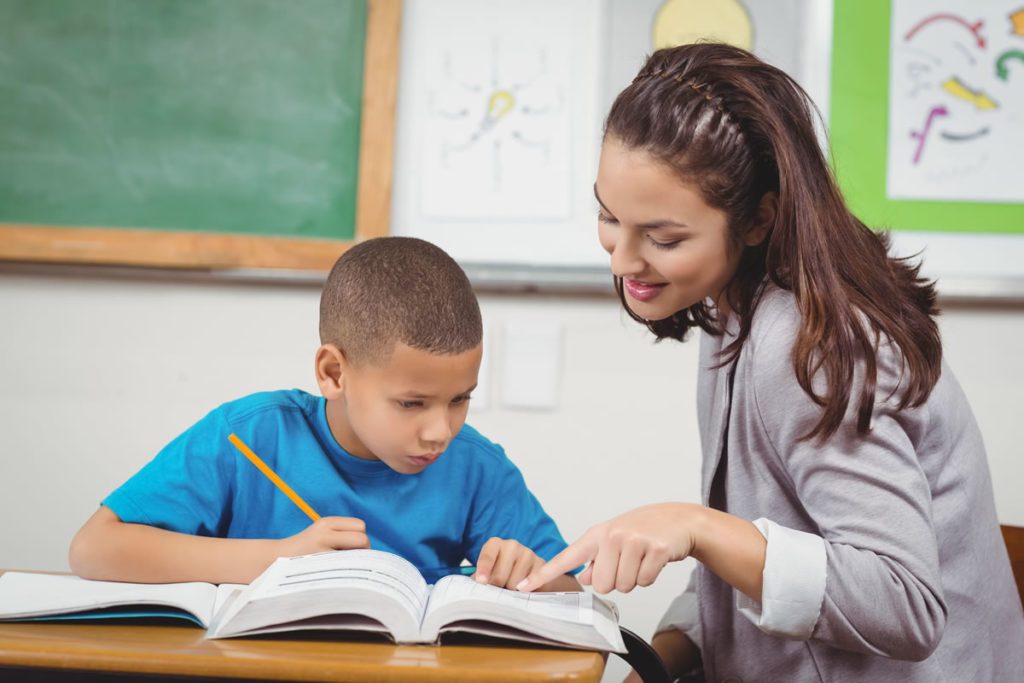Vygotsky’s theory of social cognitive development is complementary to Bandura’s theory of social learning , and its main thematic thrust is that social interaction plays a fundamental role in the development of cognition. Most of the original work on this theory was done in the context of language learning in children.
An important concept in Vygotsky’s theory is that the potential for cognitive development is limited to a certain period of time that he called the “zone of proximal development”, which he defined in four stages of learning. These stages vary between the lower limit of what the student knows and the upper limits around the student’s potential to achieve things.
Another notable aspect of Vygotsky’s theory is that it states that instruction is more efficient when students engage in activities within a supportive learning environment, and when they receive proper guidance through different tools. These instructional tools can be defined as “cognitive strategies” and can refer to mentors, peers, computers, printed materials or any instrument that provides information for the student . Their role is to organize dynamic support to help students complete a task, and then systematically withdraw this support as the learner moves to higher levels of confidence.
Vygostky’s theory of social cognitive development, in short, holds that social interaction plays a fundamental role in the development of cognition. Instruction can be made more efficient when students engage in activities within a supportive environment and receive mediated guidance with the appropriate tools.

Other learning theories you should know
- Gagné’s Theory of Learning Conditions is based on a hierarchy of intellectual abilities organized according to complexity. This theory can be used to identify the necessary prerequisites to facilitate learning at each level. Instruction can be made more efficient by following a sequence of nine instructional steps, defined by the intellectual skills that the student must learn for the specific task at hand.
- Bruner’s Constructivist Theory states that learning is an active process in which students construct new ideas based on their current knowledge. Instruction can be made more efficient by providing a careful sequence of materials, so that students can take advantage of what they already know and go beyond the information that has been given to them, allowing them to discover key principles for themselves .
- Bandura’s Social Learning Theory emphasizes the importance of observing and modeling the behaviors and attitudes of others. Instruction can be made more efficient for students by modeling desired behaviors and providing situations that allow them to use or practice those behaviors.
- Carroll’s minimalist theory recommends that teachers, and all those in charge of developing the themes of a course, minimize instructional materials, as they obstruct the learning carried out by the student. Training and learning, in conclusion, can be done in a more efficient and productive way.











































































































